The UK is in danger of missing its climate change targets if it doesn’t speed up electrification plans and introduce hydrogen railway infrastructure and trains, according to Siemens Mobility. Using data produced by the Office of Rail and Road and Network Rail, the company has calculated that the current railway electrification proposals could take until 2060 and beyond to complete. It is therefore important that the rail industry continues to find sustainable and cost-efficient solutions to drive decarbonisation.
Despite only 42% of the UK rail network having been electrified, over 80% of rail vehicle kilometres are already travelled by electrified trains. New technologies give us the opportunity to address the remaining 20%, further increasing capacity and encouraging more journeys to be taken by train. There is also a significant opportunity to further decarbonise the railway by addressing the 58% of the network not yet electrified and phase out diesel-only and hybrid diesel trains.
With this in mind, a fully integrated infrastructure system will help reduce the cost of signalling, electrification, and digitalisation, and will be a critical enabler in the transformation process. But other technologies will also play an important role.
Early contractor involvement
To help deliver integrated solutions, one approach increasingly being used is the adoption of early contractor involvement (ECI). By involving technology suppliers at an early stage, a much greater degree of operational flexibility can be achieved and programme disruptions minimised. This means that potential risks and challenges can be identified and strategies developed to ensure projects meet the requirements of their stakeholders.
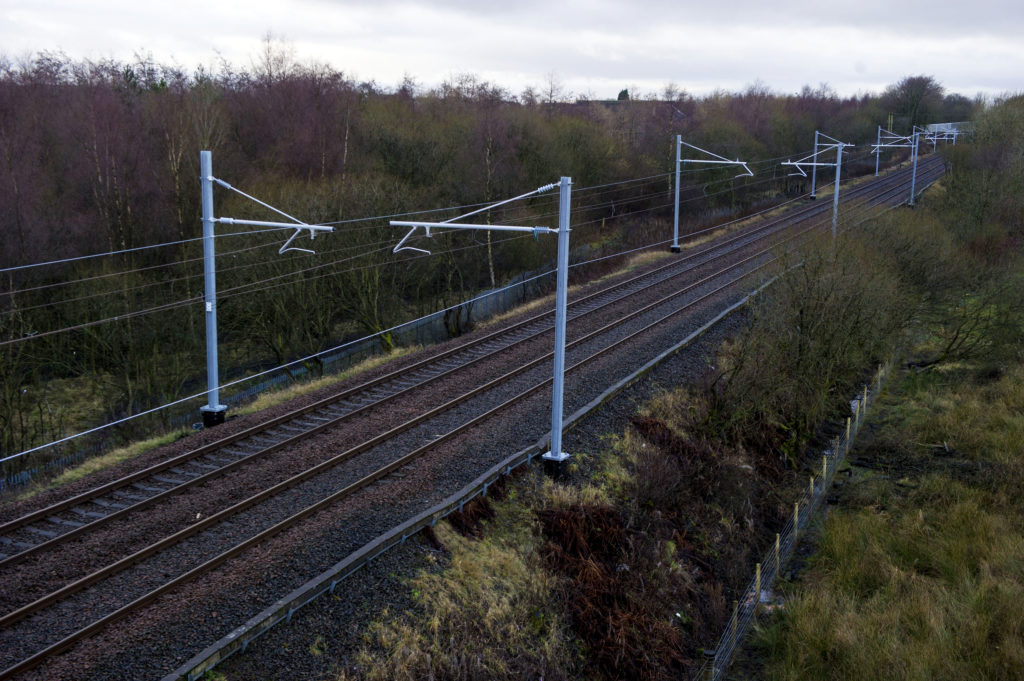
From the early stages of a project, then, it is possible to look at the railway as a complete ‘end-to-end’ system, so that the most cost-effective and efficient solution can be designed and delivered. Conversely, if each individual discipline were to be procured separately, there is a risk that the solution becomes over-engineered, with multiple suppliers focusing purely on their own relatively narrow area.
Engaging the electrification team at this initial feasibility stage means system support can be delivered consistently throughout the life of the project, reducing overall costs and programme length. Through early involvement, Siemens Mobility has demonstrated substantial project cost savings and has been able to bring forward large programmes by several years, supporting business cases and enabling projects to secure funding. On one electrification project where the client had initially considered an autotransformer solution, by looking at a ‘whole system’ design, an alternative technology was ultimately selected. This delivered cost savings of around 50% and a reduction in the programme length of around two years.
By involving technology providers for the whole route rather than small sections of it, ECI enables the optimum solution to be developed and assessed. Early modelling, with technology partners brought in at the same stage as consultants, also enables the electrification design to be shaped to meet both the strategic and business case objectives.
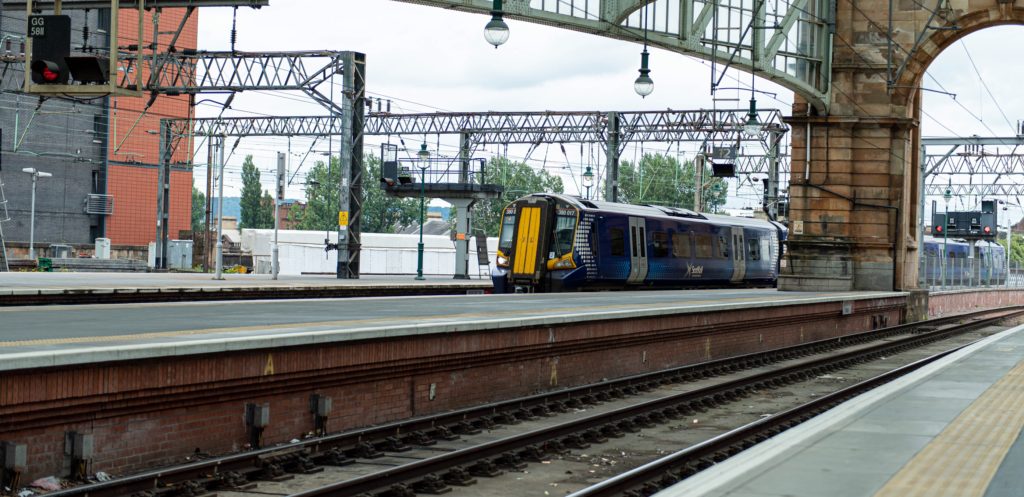
Modelling a route in Scotland
With Scotland requiring the removal of diesel-powered trains from the network by 2035 (five years earlier than England or Wales), Siemens Mobility plans to demonstrate the benefits and opportunities of an integrated transformational change programme through a model based on a route in Scotland.
The modelling identifies the most efficient and effective locations for the required infrastructure assets as well as where the potential requirement for discontinuous electrification needs to be considered. This would be appropriate where it is either impractical or uneconomic to install overhead line equipment, so there will be gaps in the electrification system.
In such instances, onboard power or energy storage systems are used to move the train where there are gaps. The modelling also covers the most efficient traction power system design and delivery approaches, enabling the benefits to be assessed as part of a fully integrated programme of signalling, electrification, and digitalisation.

Whole-life solutions
For an intensively used route, electric traction provides the lowest whole-life carbon solution, providing faster, more reliable, and less polluting services than diesel trains. However, the degree of electrification required needs an assessment of the amount of traffic, with alternative options considered to maximise benefits.
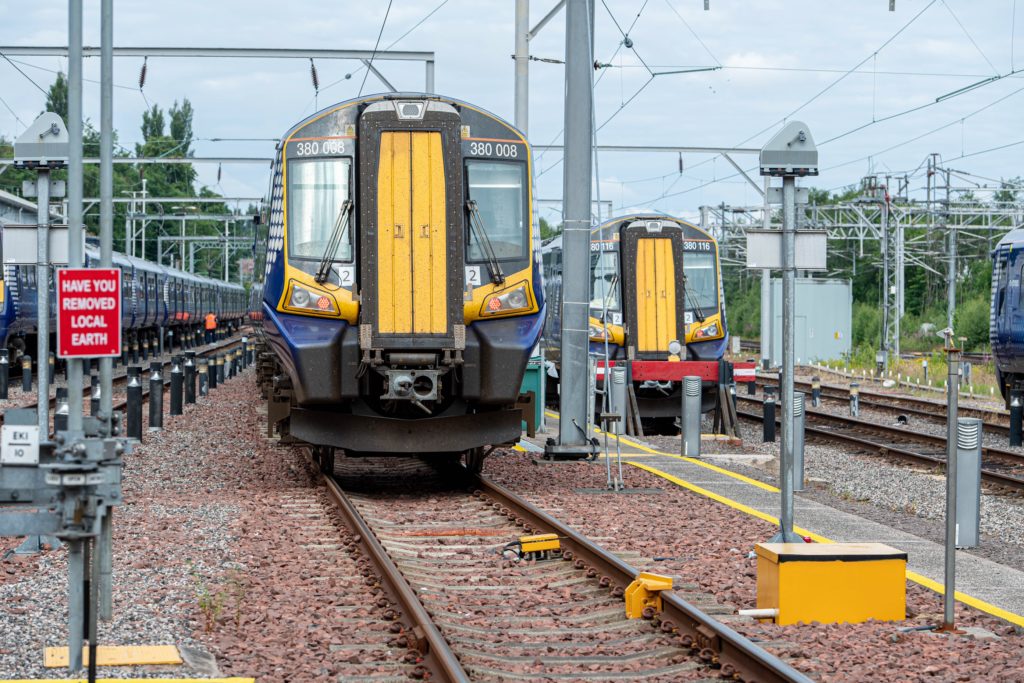
In these discontinuous electrification scenarios, battery has its place for short-range routes, while hydrogen-powered trains are the most viable alternative for passenger services that need to operate over longer distances. This approach can accelerate the path to net zero while the electrification programme is being completed.
Through close collaboration with both Network Rail and the Rail Safety and Standards Board (RSSB), as well as the train and freight operating companies, the modelling programme will also cover a review of faster, more efficient access and digital construction methods and the opportunity to minimise maintenance, so that whole life costs can be optimised.
A range of new solutions is already being deployed on the railway in Britain, including full traction power capabilities through advanced substations, air insulated switchgear (which remove the need for greenhouse gasses for insulation), static frequency converters that better regulate power, including from renewable sources, and surge arresters which address the problem of installing electrifying infrastructure across bridges and tunnels.
Static frequency converters
While the UK electricity network operates on a three-phase balanced system, railway power supplies have traditionally been connected directly using just two phases of the network. This causes a ‘phase imbalance’ and restricts the amount of power that can be obtained from the network operator’s electrical supply. The issue is exacerbated by the shift to renewable power generation, which is less resilient to phase imbalance than coal-fired generation.
The installation of SFCs provides an interface between the electrical supply network and the railway, so that power can be supplied at optimal locations and transmitted greater distances along the railway. The SFCs sit separately from the railway and ‘plug-in’ to existing electrical network where they effectively ‘clean’ the supply between the railway and the power network, enabling the railway to use power from more local supplies. Their use eliminates phase imbalance and provides more flexibility for energy supply to the railway, optimising it to provide the ideal power supply for trains, and making connections possible at various voltage levels, as well as supporting the shift to renewable energy.
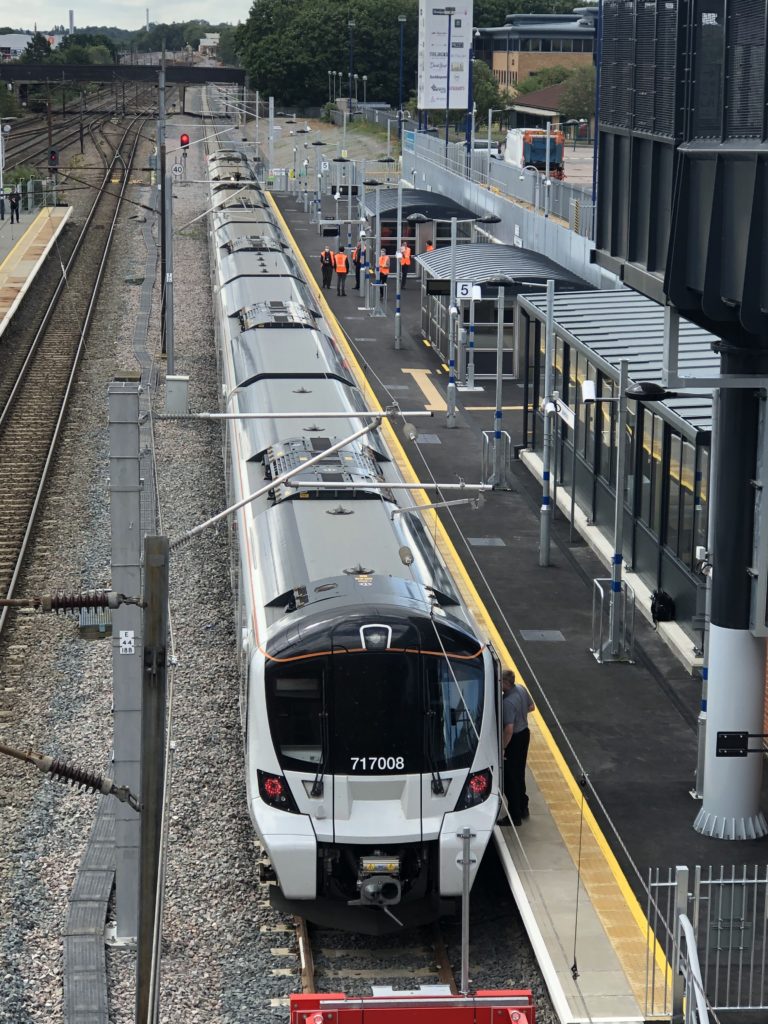
This is achieved without the need to disturb the local power supply and so avoids the need to close the railway for extended periods of construction and installation, negates the need for new pylons and the associated civils work, and significantly reduces the number of cables required, all of which are expensive to install and disruptive for passengers.
Air insulated switchgear
Air insulated switchgear removes the use of sulphur hexafluoride (SF6) gas insulation, and so eliminates the need for any special precautions to be taken during manufacturing, operation, or recycling. The containerised unit is manufactured, assembled, and tested off-site in the UK and then transported into position ready to be connected to the power distribution system. This means there is a reduction in carbon emissions (compared to transporting equipment from overseas), as well as supporting the creation of jobs and skills within the UK.
Surge arrestors
Electrifying a network that predominantly comprises Victorian infrastructure can be problematic, particularly dealing with bridges and tunnels where equipment has had to be installed underneath existing infrastructure. Until now, the only solution has been to either remove and replace them or lower the track, both of which are extremely costly and time consuming.
To address this, Siemens Mobility has developed an engineered solution which, when installed in circuit with the overhead line system, enables reduced electrical clearances to be applied, delivering major cost and programme benefits. Depending on the required protection level, the new surge arrester equipment can be applied to the overhead line at both sides of the structure to enable the wires to run closer to it, reducing the potential for removal or replacement.
This solution was successfully deployed in Cardiff, where the proximity of a canal to a rail-over-rail bridge meant the track could not be raised or lowered to accommodate the necessary electrification equipment. Ordinarily, the bridge would have had to be rebuilt but this technology allowed the project to be delivered, saving money and time, and minimising disruption.
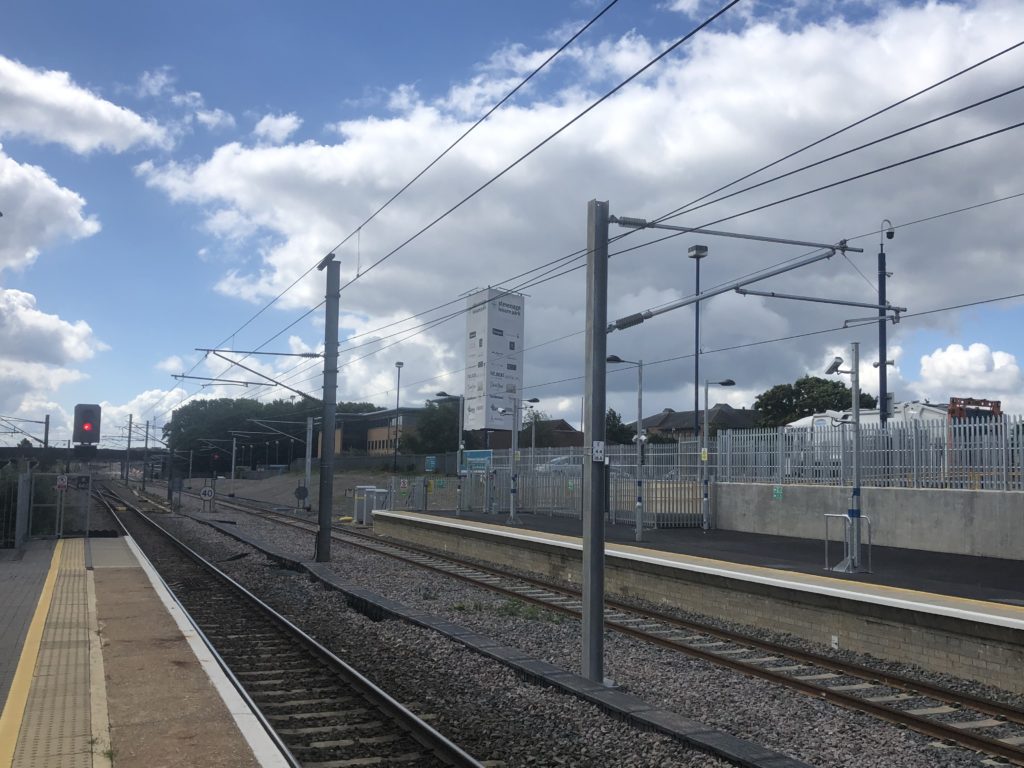
The use of SFC, ASG, and Surge Arrester technology shows the benefits that can be delivered where new, all-electric trains are introduced to replace the diesel fleets, with the new trains being longer, quieter, more efficient, and more environmentally friendly.
Guest Author: Justin Moss – Head of Sales, Electrification for Siemens Mobility.


